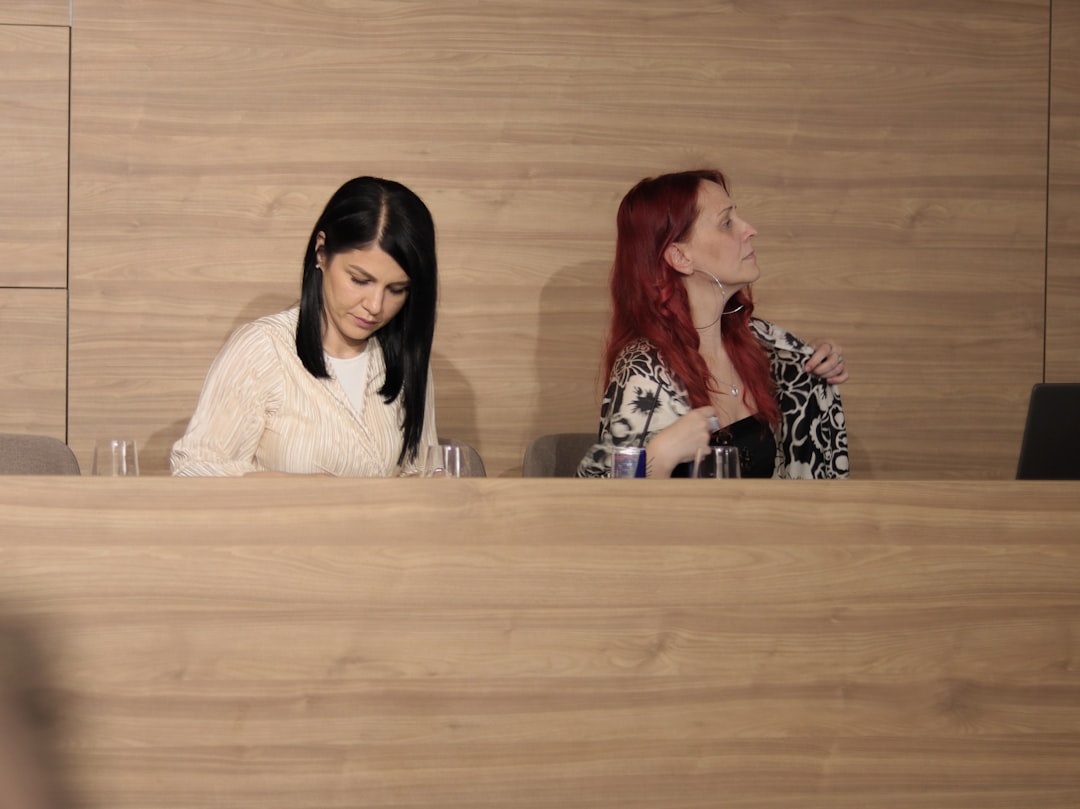What is it about?
This study begins by examining the archaeological and documentary evidence for lavatories (toilets) and foul-water drains in ancient Mesopotamian dwelling houses. It goes on to investigate the use, etymology and history of the Akkadian word asurrû: in the Old Babylonian period it served mainly as a term for a kind of foul-water drain or “sewer” but later shed that meaning.
Featured Image
Why is it important?
There is no other modern synthesis of the archaeological and documentary evidence for Babylonian lavatories and sewers.
Read the Original
This page is a summary of: ON BABYLONIAN LAVATORIES AND SEWERS, Iraq, December 2015, Cambridge University Press,
DOI: 10.1017/irq.2015.9.
You can read the full text:
Contributors
The following have contributed to this page










